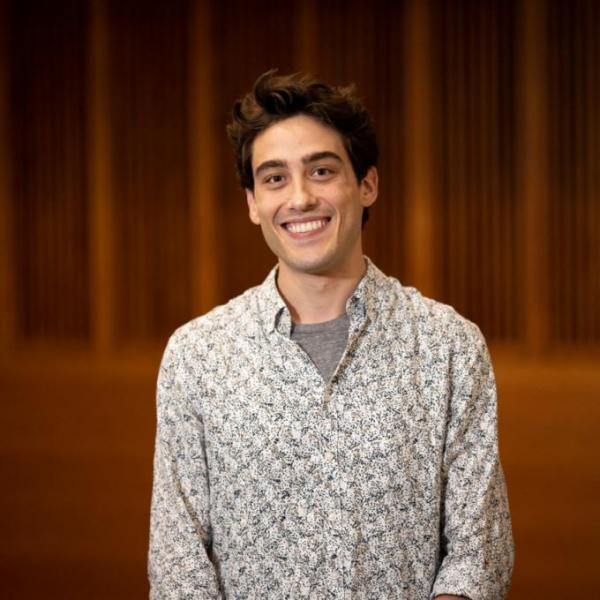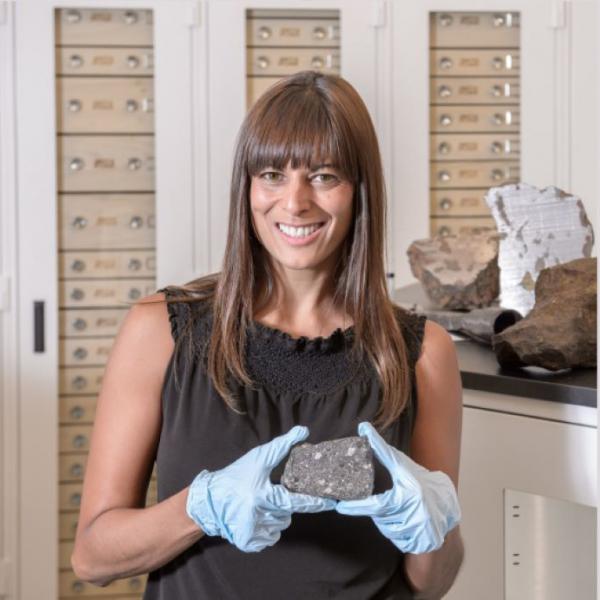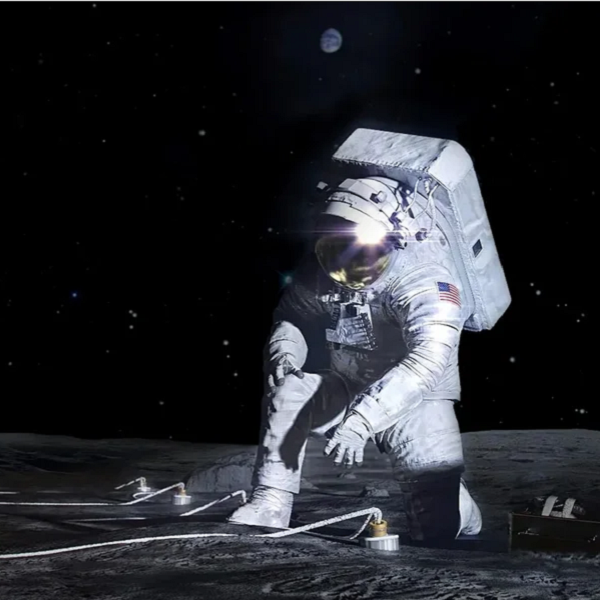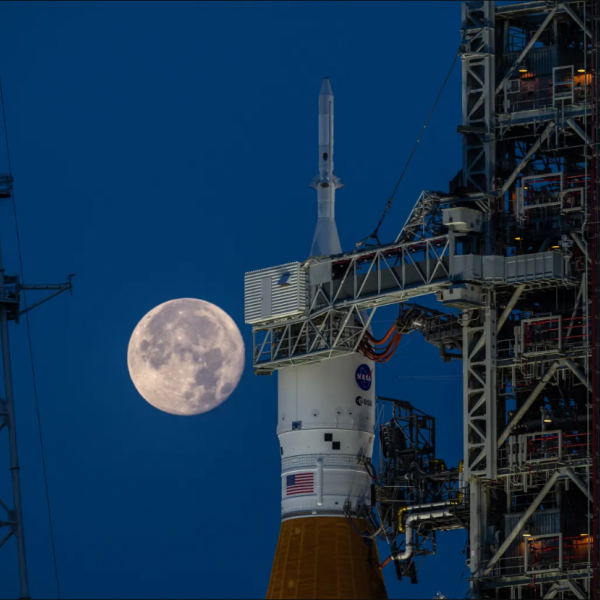Elizabeth Swords’ first year in the Pathfinder Fellows Ampersand Program had her camping under the stars, exploring the built environment of St. Louis, and building a family with her cohort.

The summer after I was accepted into WashU, I began researching all the ways I could optimize my four years of undergrad. I discovered the Arts & Sciences Ampersand Programs — group-oriented, multi-semester courses for first-year students. I really enjoyed the idea of taking classes across several semesters with the same group of people. I had been considering studying something related to the environment, so the Pathfinder Fellows in Environmental Leadership program stuck out to me, especially because it would run for three of my four years at WashU. The experiences listed under the program included “gaining a sense of place,” “cultivating environmental leadership skills,” and “honing critical thinking and problem-solving skills,” all of which sounded valuable regardless of my course of study. I submitted my application for the program in June 2022, not fully comprehending what it would be like but excited nonetheless.
The week before classes began, my Pathfinders cohort received an email to meet at Schnuck Pavilion. Stan Braude, a teaching professor of biology and the leader of the first Pathfinder course, arrived with a bag full of snacks — something I would later learn is pretty common for him. He told the 12 of us to look around the circle we had formed, at the faces that would become incredibly familiar to us over the next four years. He said the cohort would develop into a little family. At that time, however, I was busy trying to figure out how to memorize everyone’s names.
Our first semester involved a two-hour “Environmental Seminar” course taught by David Fike, the Glassberg/Greensfelder Distinguished University Professor of Earth, Environmental, and Planetary Sciences, and a three-hour course called “Discovering Missouri’s Natural Heritage” taught by Professor Braude. The first seminar aimed to familiarize us with WashU’s environmental science department and the opportunities available to us over the next four years. Professor Braude’s class focused on establishing a “sense of place,” which involved becoming an expert in a native Missouri taxon and giving a 45-minute final presentation. Inspired by a few experiences I had growing up in Springfield, Missouri, I chose bats as my native taxon.
The majority of my time with my cohort was spent outside the classroom. Five weekends out of the semester, the 12 of us — plus Professor Braude — traveled to different sites around Missouri to gain first-hand experience working as a collaborative team in the field. We hiked and camped, intentionally learning skills like navigating with a map and utilizing consensus, and unintentionally learning skills like building an impromptu storm shelter and figuring out which sources of water were safe (or unsafe) to drink. Underneath the stars in a middle-of-nowhere campground, our professor read us accounts of the Lewis and Clark expedition. Without even realizing it, we became the family Professor Braude predicted.
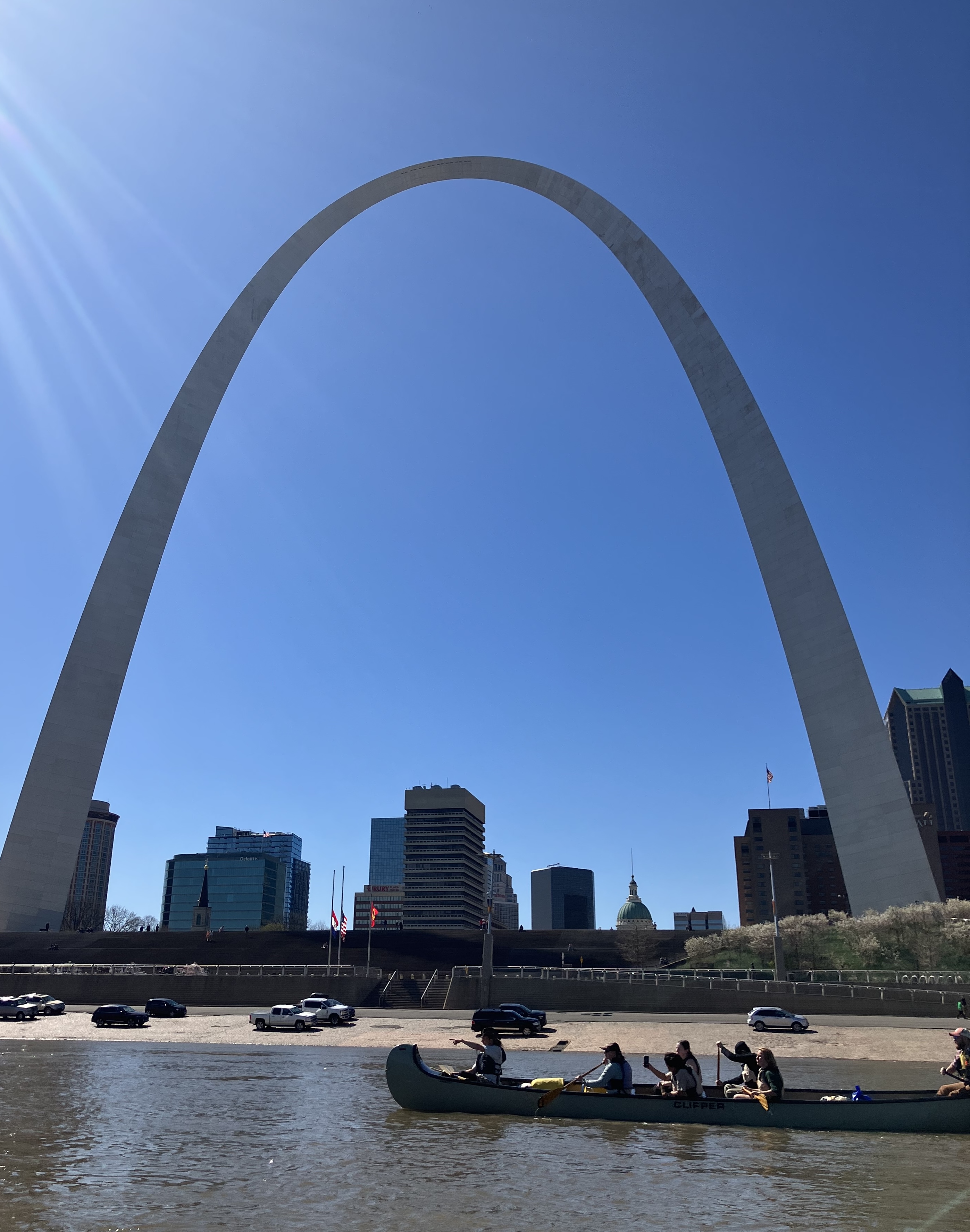
In our second semester, Teaching Professor in Environmental Studies Beth Martin taught a course that examined how the natural environment influenced St. Louis' built environment. We explored all over the city, noting the social, economic, and environmental factors that contributed to the ways areas were built. Activities included canoeing down the Mississippi River and traveling to the geographical origins of historic court cases like Shelley v. Kraemer, a landmark civil rights ruling on racially restrictive housing covenants. We concluded the semester with an in-depth analysis of St. Louis communities, explaining why they appeared the way they did.
These experiences occurred within the first two semesters of what will be a three-year program. Before becoming a Pathfinder Fellow, I had never camped, never considered the native Missouri landscape, and never realized the beauty of this state. Despite having lived in Missouri my whole life, I experienced the state's landscape in a brand new way, and I became certain that I wanted to spend the rest of my time at WashU studying the environment. I am currently a sophomore majoring in environmental analysis. In the summer of 2024, my Pathfinders cohort and I will be traveling to Madagascar where we will spend three weeks researching the efficacy of community-based conservation initiatives.
When I applied for this Ampersand Program in 2022, I had no idea how formative it would be to my WashU experience. The other Pathfinder Fellows whose names I was worried I would forget are now roommates, and my vague interest in the environment is now a career-shaping passion.
Read about other Ampersand Programs:
The art and science of cancer care: An inside look at the Hallmarks of Cancer and Patient Care program.
We are all migrants to WashU: Student Gené Nieuwoudt writes about the Safe Asylum program.
Digging into the American dream: Student Conrad Lewis writes about the Examining America program.
Biotech and beyond: Student Gaby Smith writes about the Biotech Explorers Pathway (BEP) program.

